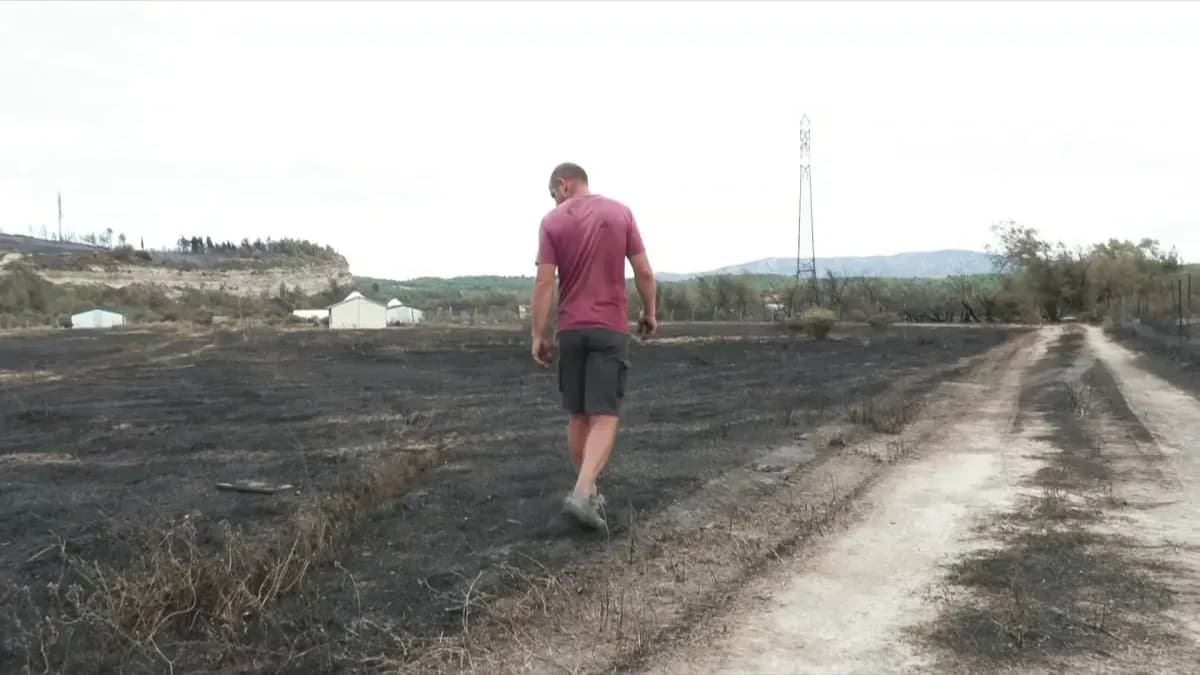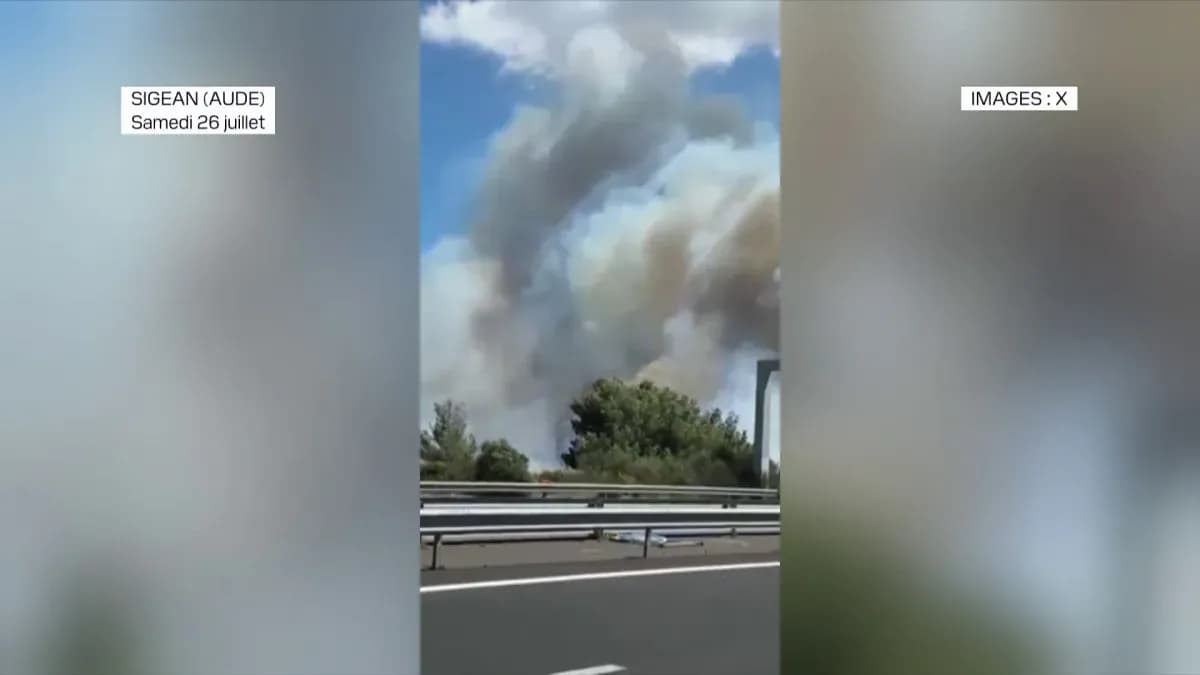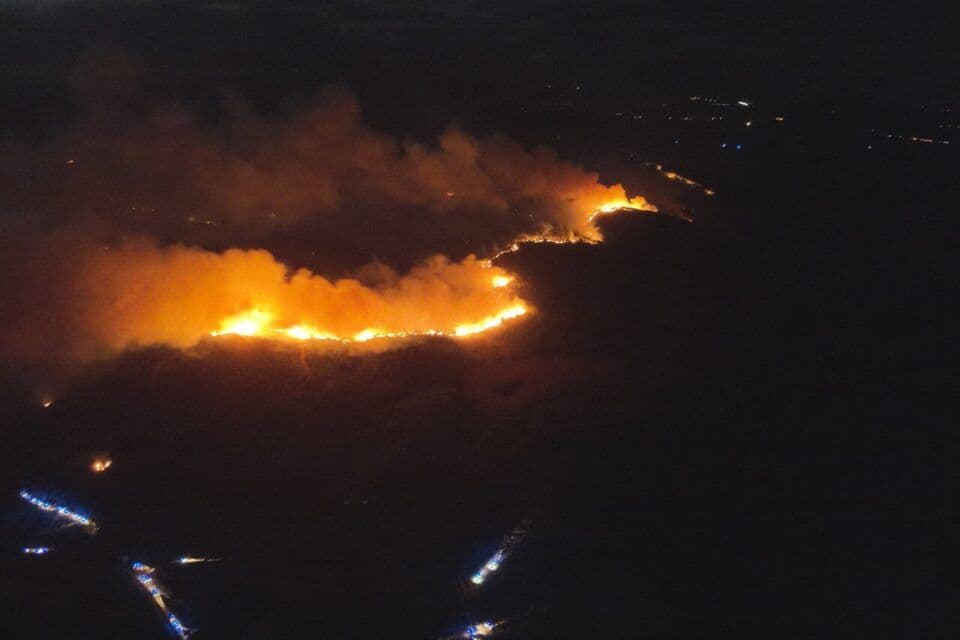Beyond the Blaze: The Human and Ecological Toll of Europe's Escalating Wildfires
Uncover France's escalating wildfire crisis: from immediate devastation & heroic efforts to climate's role & building community resilience for a fiery future.
The New Inferno: France's Shifting Fire Landscape
France, a nation renowned for its diverse landscapes, is increasingly grappling with an alarming transformation: its fire season is no longer confined to predictable patterns or traditional southern regions. What we're witnessing is a profound shift, a new inferno that is reshaping communities and ecosystems alike. Recent events paint a stark picture. In the department, a single blaze rapidly consumed an estimated 230 hectares of vegetation near Brossac and Saint-Vallier, its smoke so pervasive it drifted hundreds of kilometers, cloaking towns like in an opaque haze and the acrid smell of burning foliage. Meanwhile, the department wrestled with an even more formidable enemy, a fire that ravaged a staggering 16,000 hectares before finally being brought under control. These aren't isolated incidents but symptoms of a broader trend, forcing authorities to declare 'red vigilance' for fire risk in areas like and parts of , signaling an unprecedented level of danger. The sheer scale and rapid progression of these fires, leading to preventative power cuts in a dozen communes and the closure of critical infrastructure like the train line, underscore a stark new reality for France.
On the Front Lines: Courage, Chaos, and Containment
As flames tear through forests and threaten homes, the immediate response is a testament to human courage and a chaotic ballet of containment. In the , the battle against the 230-hectare inferno mobilized a formidable force of nearly 300 firefighters working tirelessly through the night, supported by aerial assets like , to bring the blaze under control by early morning. Their efforts are nothing short of heroic, pushing back against overwhelming odds, often battling unpredictable winds and rapidly spreading fronts. The urgency of these situations is palpable; prefectures are now explicitly urging citizens not to overwhelm emergency lines, a clear indicator of the intense pressure on rescue services. Beyond the professional responders, stories of incredible selflessness emerge from the heart of the chaos. In the , for instance, a neighbor's quick thinking saved a nonagenarian woman from the advancing flames, highlighting the spontaneous acts of bravery that unfold when disaster strikes. These moments, amidst the roar of the fire and the rush of evacuations, define the immediate and visceral struggle to protect lives and property.
Climate's Fiery Fingerprint: Understanding the Root Causes
While the immediate drama unfolds on the ground, the underlying narrative points to a more profound and systemic issue: . The escalating intensity and frequency of these wildfires are not random occurrences but direct consequences of a warming planet. The department, for example, found itself under an orange alert for a heatwave and fire risk simultaneously, a dangerous combination that primes the landscape for ignition. Temperatures soaring between 39 and 42°C, as seen across regions like the , create tinderbox conditions. Prolonged periods of drought dry out vegetation, turning forests into highly combustible fuel. When combined with strong winds, even a small spark can rapidly escalate into an uncontrollable inferno, as evidenced by the quick spread of the Charente fire. This isn't just a recent phenomenon; September 2022 saw 400 hectares of pine and deciduous forests ravaged in southern Charente, a grim precursor to this year's crisis. These recurring, intense heatwaves and the resulting arid conditions are the unmistakable fiery fingerprint of a changing climate, making firefighting efforts increasingly challenging and highlighting the need for a deeper understanding of these interconnected environmental factors.
Echoes of Resilience: Stories of Survival and Community
Beyond the hectares consumed and the resources deployed, the true impact of these wildfires resonates deeply within the communities they touch. These aren't just statistics; they are homes, livelihoods, and cherished memories threatened or lost. The human toll is immediate and profound, as seen in the where multiple habitations had to be evacuated, forcing families to flee with little notice. Power grids were also impacted, with implementing preventative electricity cuts in 12 communes, adding another layer of disruption to an already terrifying ordeal. Yet, amid the devastation, stories of extraordinary human resilience and community spirit shine through, offering a beacon of hope. The heroic act of the woman in the who, without hesitation, saved her nonagenarian neighbor from the encroaching blaze, exemplifies the profound sense of solidarity that emerges in crisis. These personal accounts of courage, mutual aid, and the quiet determination to protect one another underscore the inherent strength of communities facing overwhelming adversity, reminding us that even in the face of nature's fury, the human spirit endures and finds ways to support its own.
Forging a Fireproof Future: Prevention, Adaptation, and Recovery
The escalating wildfire crisis demands more than just emergency response; it calls for a fundamental re-evaluation of how we coexist with a hotter, drier world. Forging a truly fireproof future necessitates a multifaceted approach centered on robust prevention, proactive adaptation, and sustainable recovery. This begins with enhanced vigilance, as demonstrated by the 'red vigilance' alerts in areas like and , but must extend to more comprehensive land management. Strategies include controlled burns to reduce fuel load, creating firebreaks, and promoting fire-resistant landscaping around homes. Investing in early warning systems and improving communication channels are also crucial, ensuring timely evacuations and effective deployment of resources. Furthermore, communities need to adapt their infrastructure, as seen with the preventative measures taken by and during the Charente fires. Education plays a vital role too, empowering residents with knowledge on how to protect their properties and react safely during an emergency. Looking back at the 400 hectares burned in Charente in 2022 offers a stark reminder that these events are not anomalies but recurring threats that demand continuous innovation and collective commitment to build genuine long-term resilience.
Related Articles

A Nation Ablaze: Beyond the Red Alerts – The Enduring Human and Ecological Toll of France's Summer Fires

A Nation Ablaze: Beyond the Red Alerts – The Enduring Human and Ecological Toll of France's Summer Fires

Sigean's Fiery Embrace: Unpacking a Region's Recurring Battle with Blazes

Sigean's Fiery Embrace: Unpacking a Region's Recurring Battle with Blazes

Aude's Living Shield: How Nature and Community Are Forging a New Era of Wildfire Resilience

Aude's Living Shield: How Nature and Community Are Forging a New Era of Wildfire Resilience

Echoes of the Inferno: Unpacking the Desperate Battle Against Wildfires
